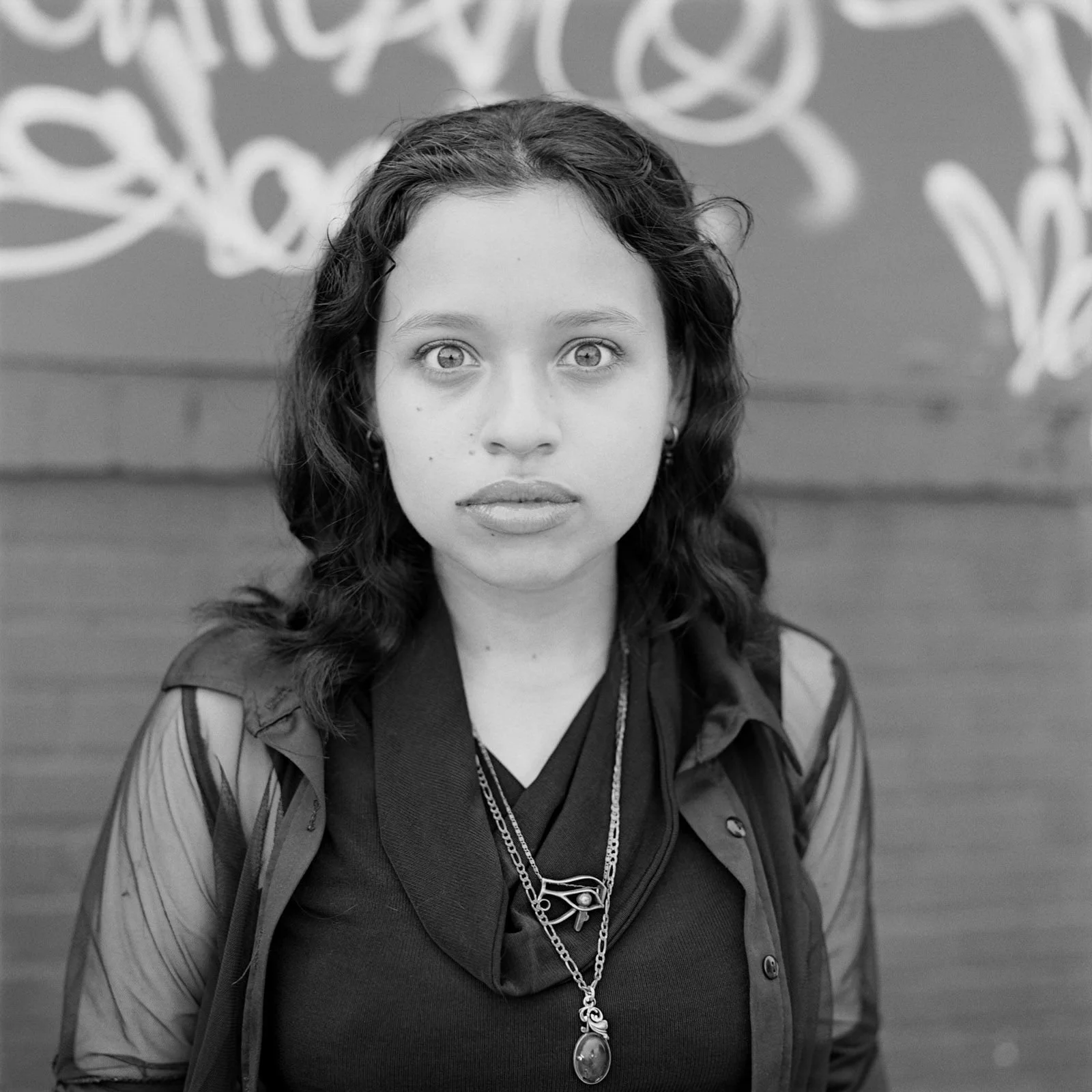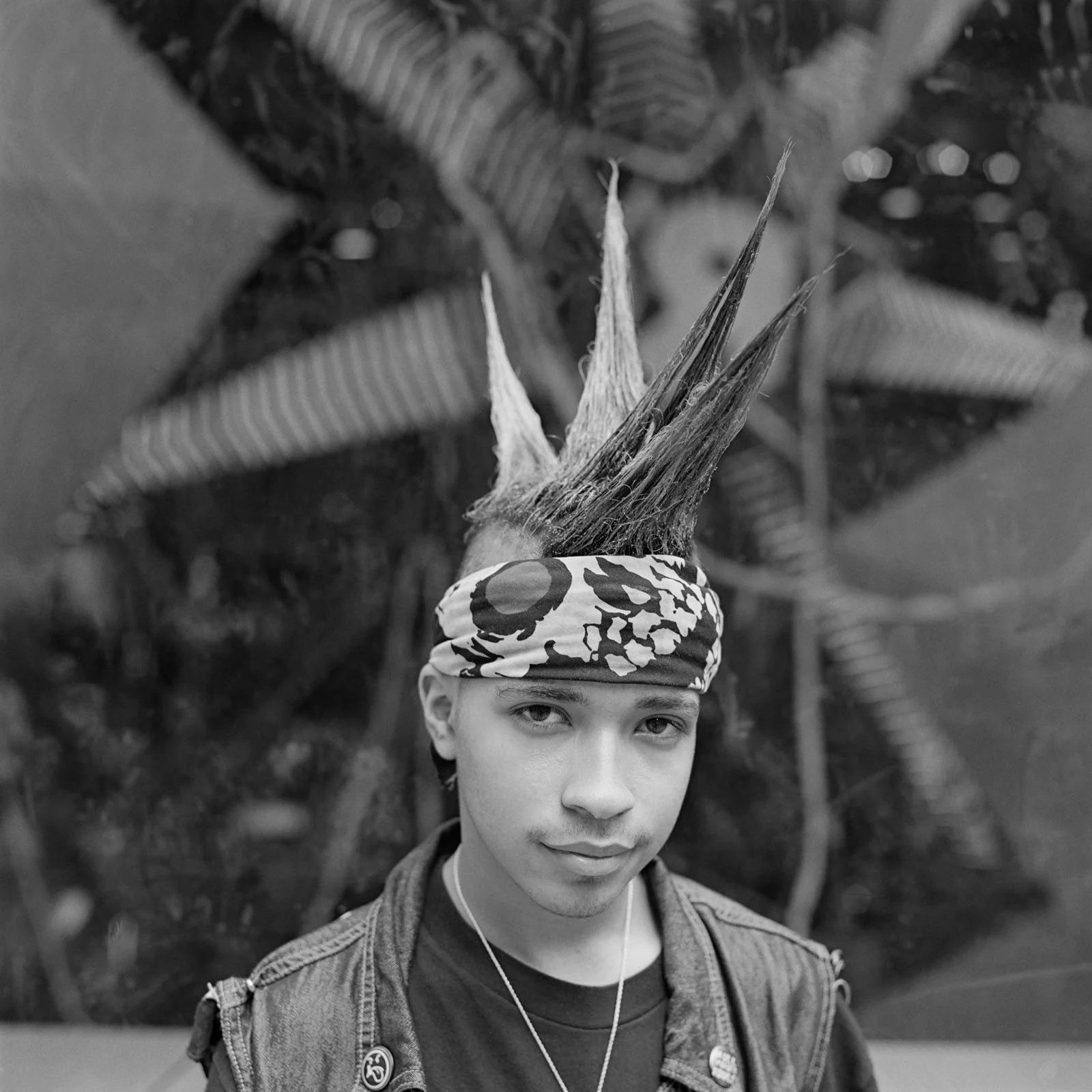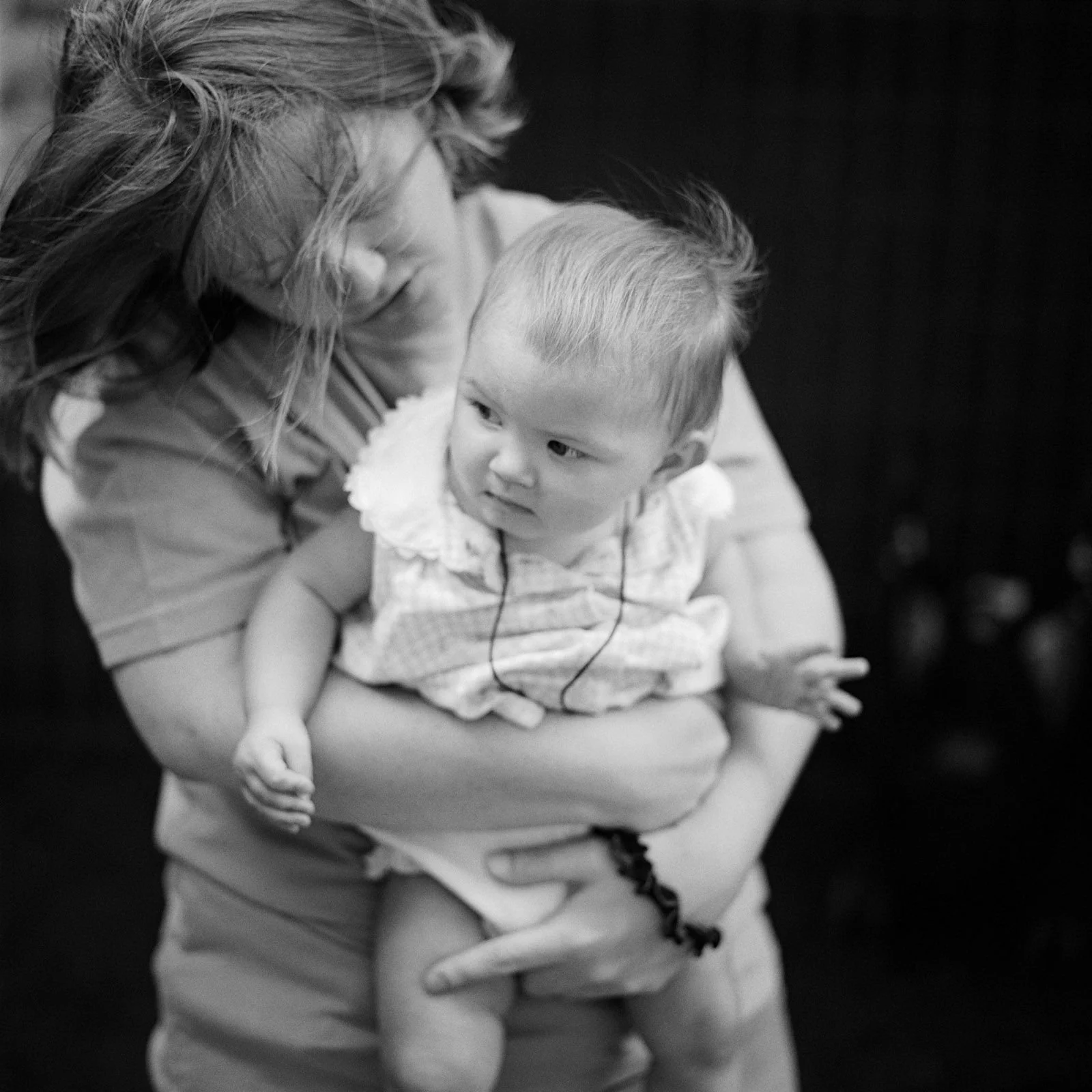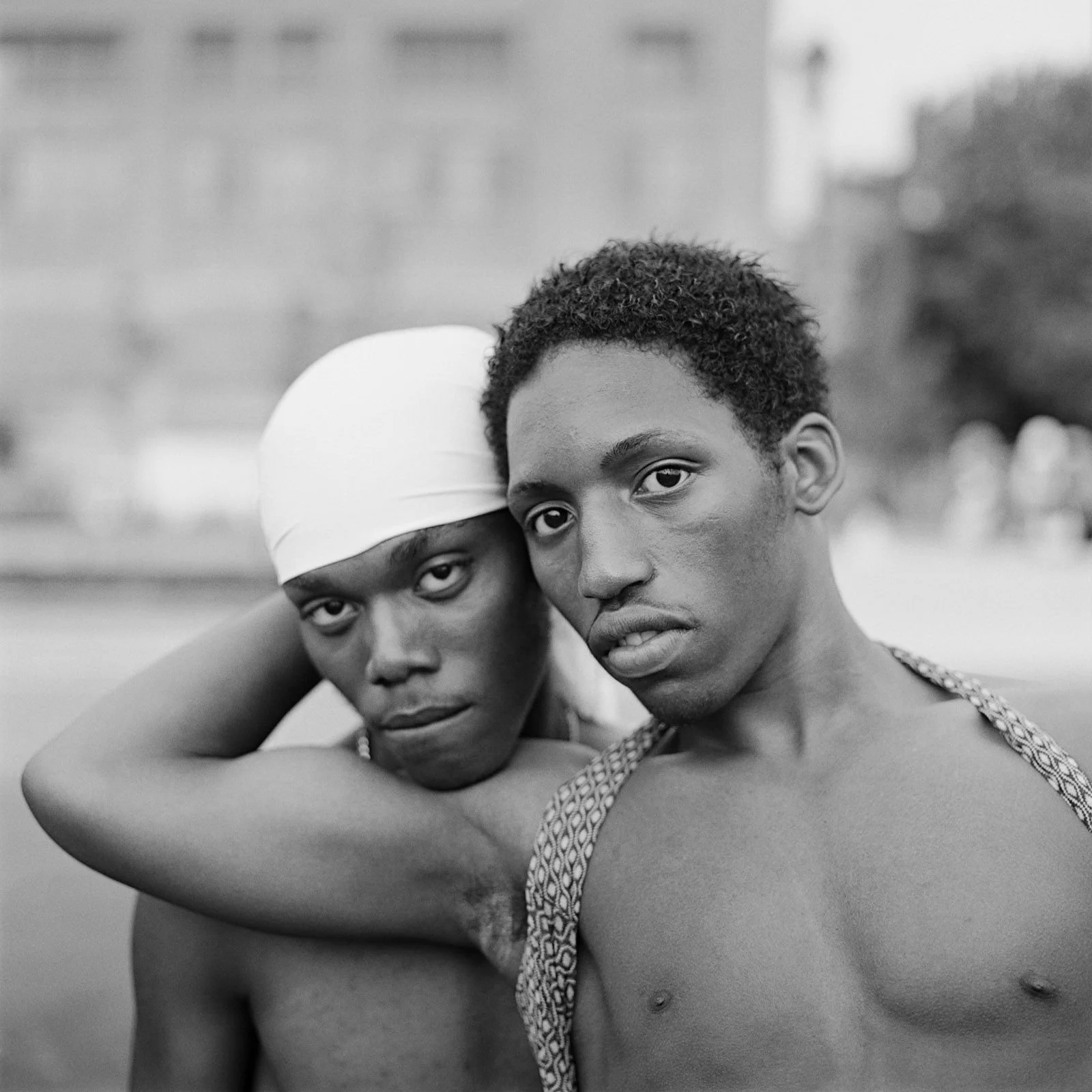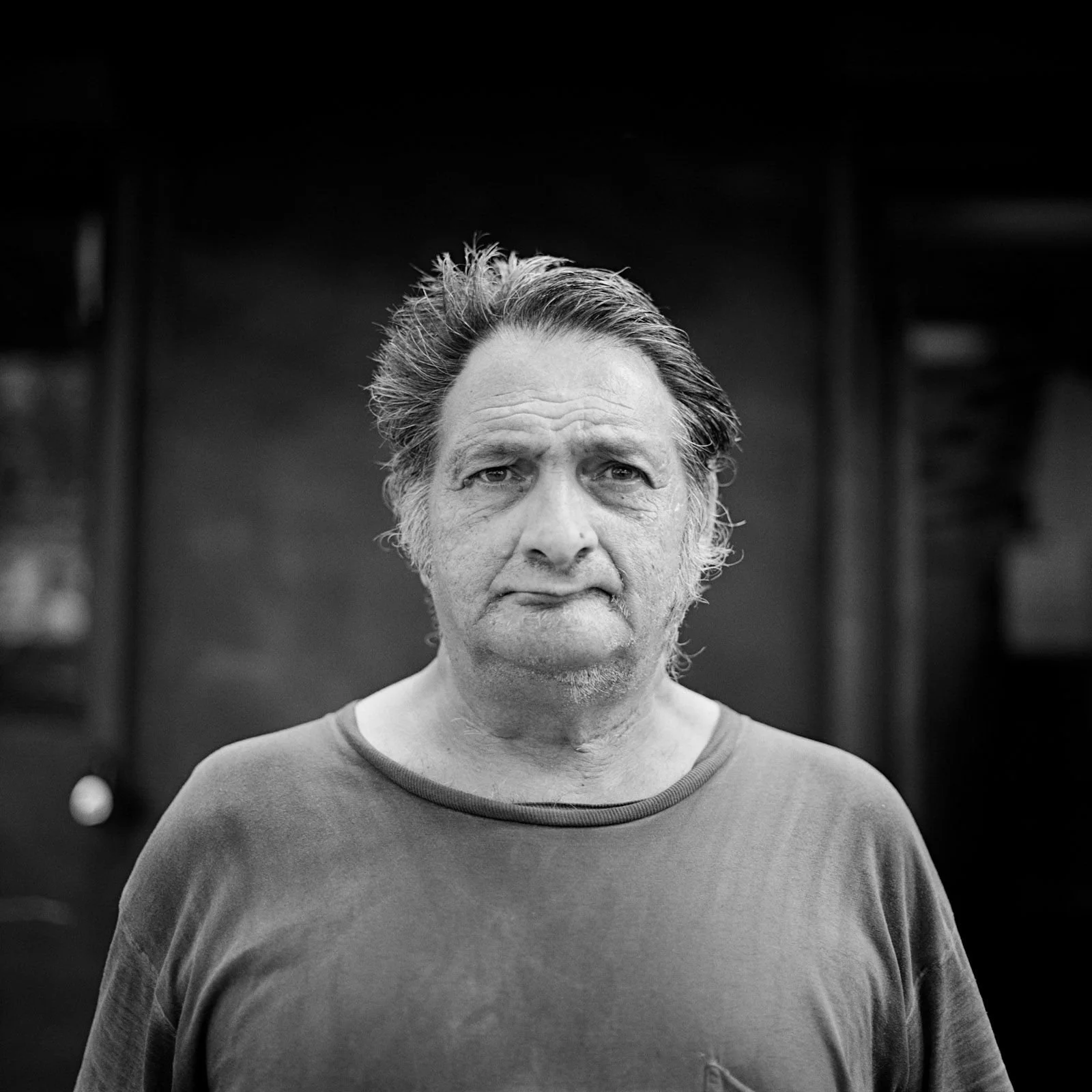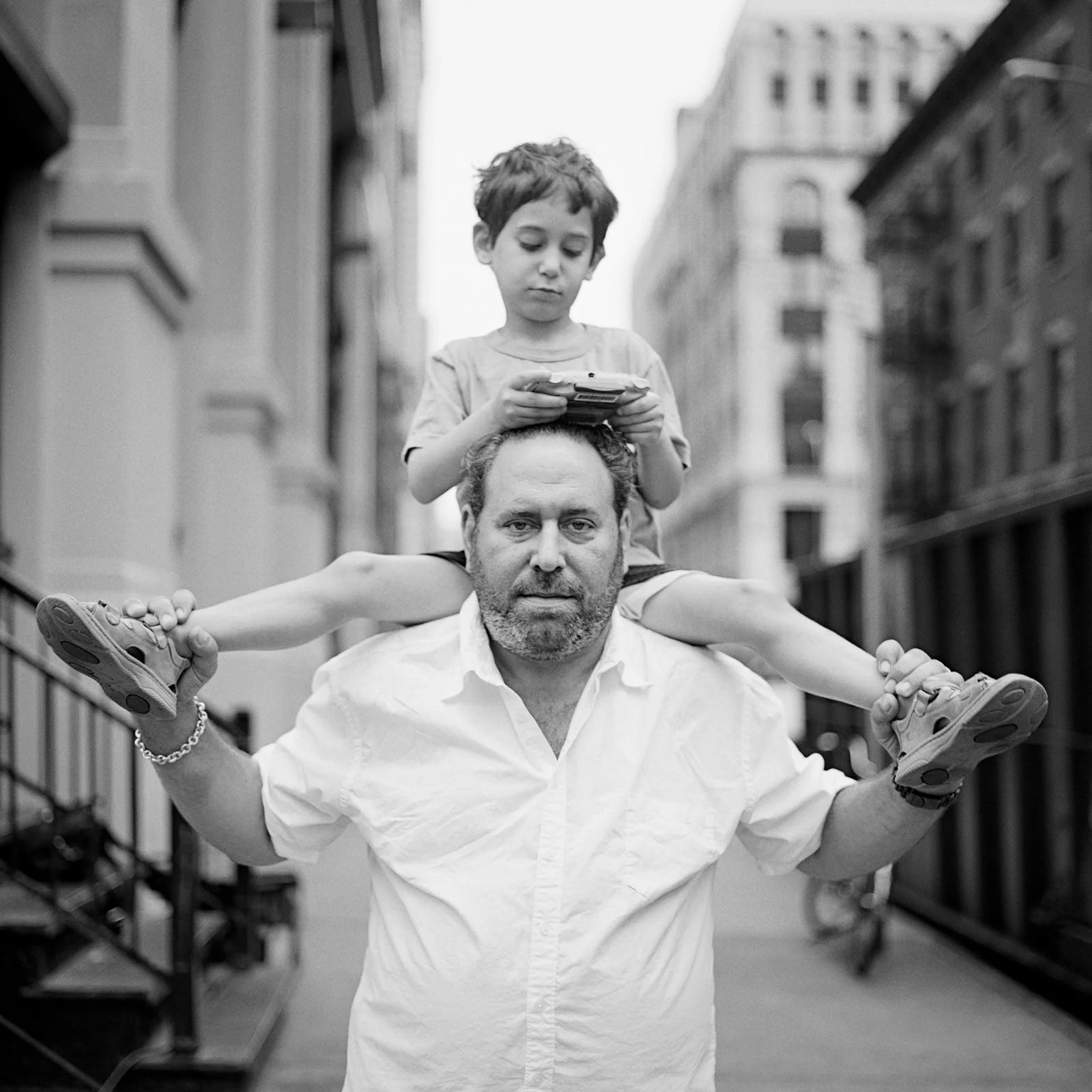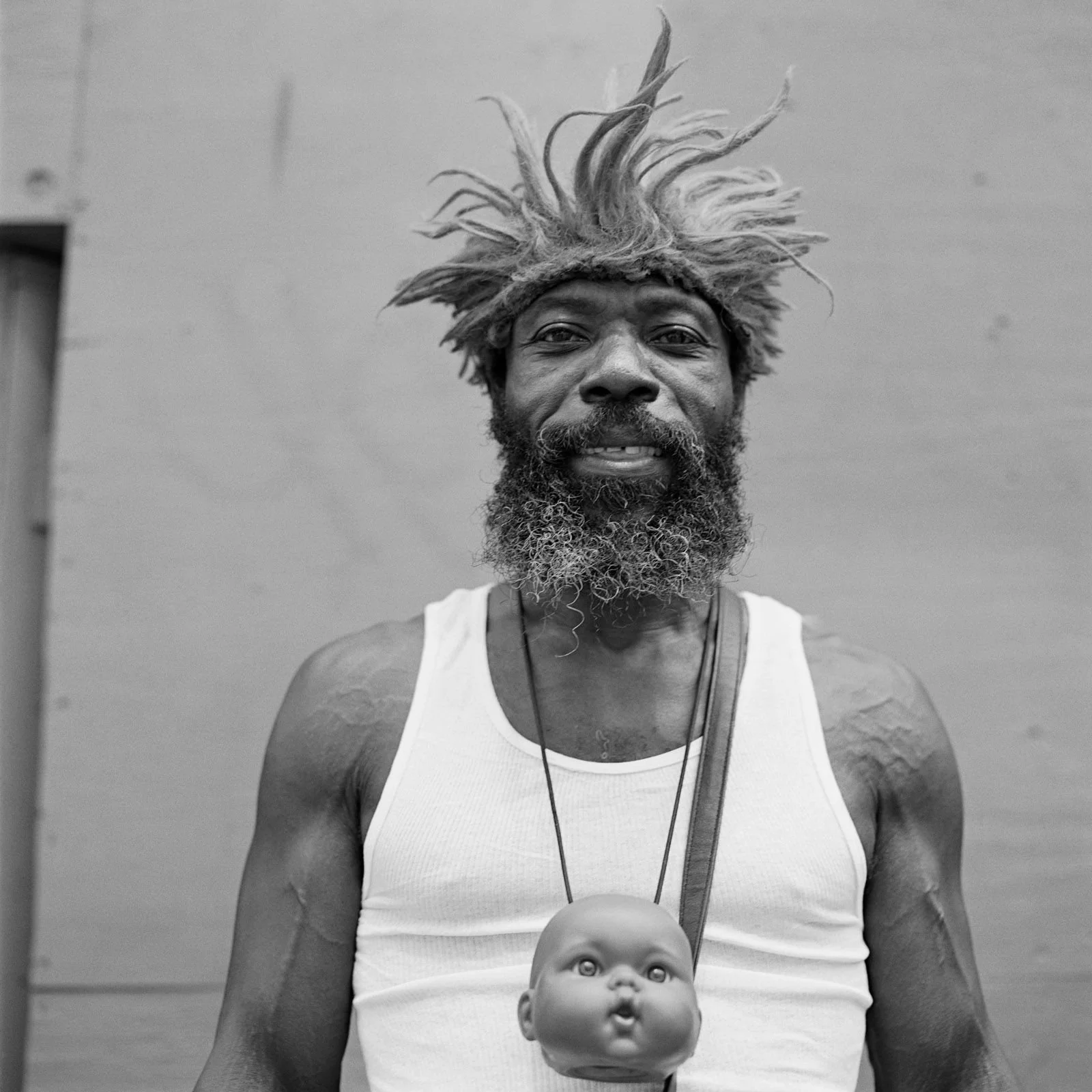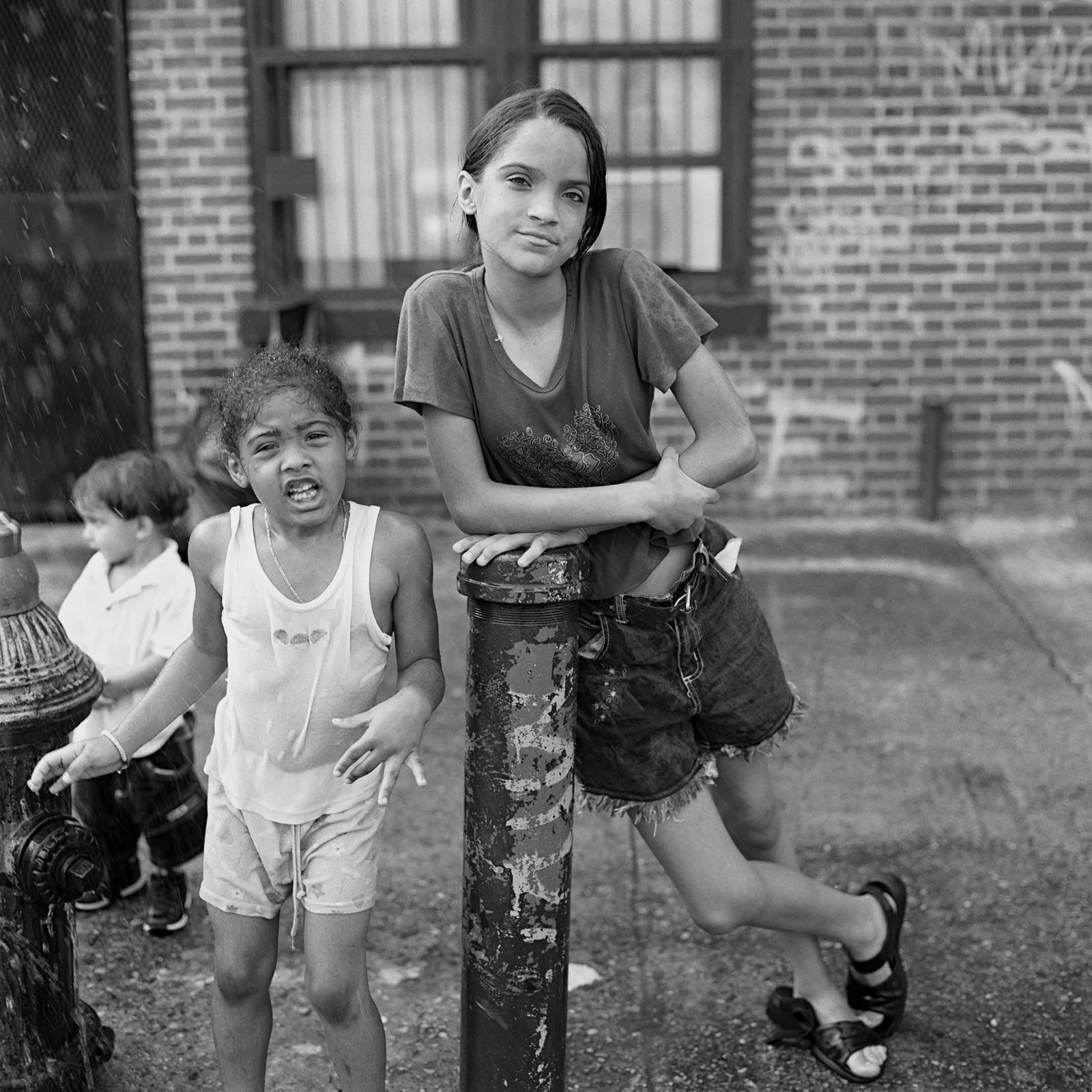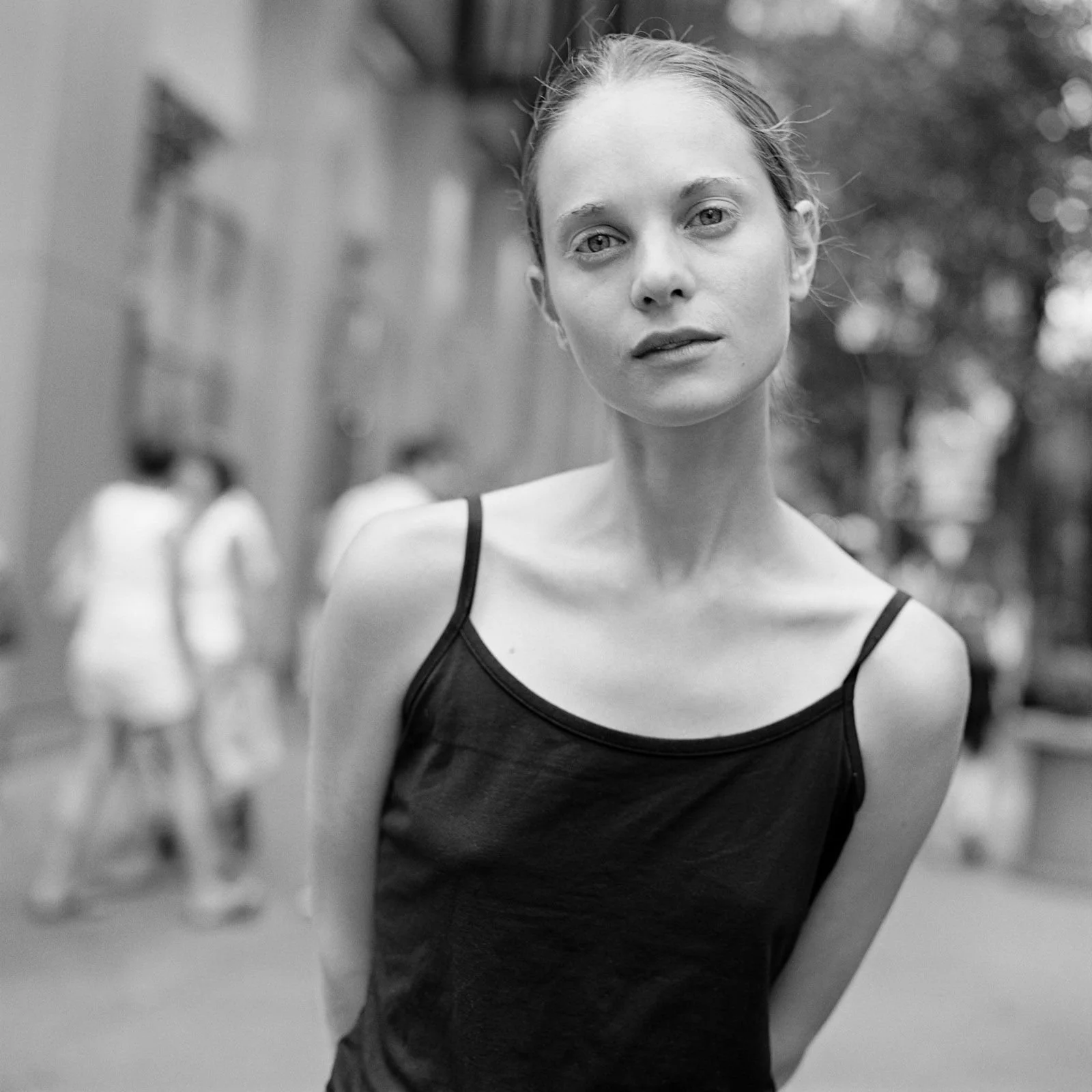Summer After: Lucas Foglia’s Intimate Portraits of a Healing New York City
Welcome to this edition of [book spotlight]. Today, we uncover the layers of 'Summer After,' by Lucas Foglia (published by STANLEY/BARKER). We'd love to read your comments below about these insights and ideas behind the artist's work.
In the summer of 2002, New York City was buzzing with a mix of tension and hope. The city was still dealing with the aftermath of 9/11, but it was starting to bounce back. Lucas Foglia, a 19-year-old who just moved from his family’s farm on Long Island, decided to dive headfirst into this vibrant yet fragile place. The remains of the Twin Towers were still being cleared away, a constant reminder of what had happened, but the city’s energy was undeniable.
During the day, Foglia worked at Arnold Newman’s famous photography studio, learning the ropes. But it was in his free time, exploring the city with his camera, that he truly came alive. He wandered through all five boroughs, and whenever someone met his gaze, he’d ask to take their portrait. Even though the city had been through so much and people were wary, most of them agreed. They trusted him to capture their story. These encounters, raw and real, are what make up his new book, “Summer After.”
In this interview, Lucas Foglia talks about what inspired him to create “Summer After,” released on the 20th anniversary of 9/11. He shares how he prepared emotionally and technically, and the deep connections he made with his subjects.
“I asked if I could make a portrait of them. At first, I assumed everyone would respond with caution. I was a stranger. The city was recovering from an event that shook its sense of security. Yet, most people said yes and looked straight into my camera lens.“ - Lucas Foglia
Capturing the Essence of a City Healing: "SUMMER AFTER" commemorates a poignant period in New York City's history. What inspired you to embark on this project, and how did you prepare yourself emotionally and technically for such an endeavor?
I was 19 years old and had just moved to Manhattan from my family's farm on Long Island. Workers were removing the last of the debris from the collapsed Twin Towers. People were coming outside again. The parades were packed. Much of the city felt alive, hopeful, and strong – even in the shadow of the event that had just happened 9 months before. Other areas were more guarded — the people I photographed at the Pakistan Day Parade, for example, were much more cautious and talked about the deep prejudice they'd experienced. And the people I met who'd lost loved ones were still deeply in mourning.
I photographed that summer because I wanted to show the city healing, both in celebration and unity, and with some scars.
Building Trust with Subjects: In a city reeling from the events of September 11, gaining the trust of strangers to capture their portraits must have been challenging. Can you share any memorable interactions or techniques that helped you connect with your subjects?
Every weekend, and some weekdays after work, I walked through the city's five boroughs with my camera. When someone made eye contact with me, I asked if I could make a portrait of them. At first, I assumed everyone would respond with caution. I was a stranger. The city was recovering from an event that shook its sense of security. Yet, most people said yes and looked straight into my camera lens.
As for a memorable interaction, Desiree told me: ‘I grew up in Greenpoint with my mom and grandmother. In third grade we had the strictest teacher ever – she would make us stand and look out the window in complete silence. Our view from the school was the whole city. On 9/11, me and another student got in trouble. While we were facing the window, we saw the plane go through the tower. We started screaming, “Oh my God! Look! A plane crash!” And our teacher told us to stop because she thought we were trying to get attention. She wouldn’t even look’
The Role of Diversity and Dignity: Your work highlights the diverse fabric of New York City with a focus on dignity. How did you ensure that this core theme was consistently represented across your portraits?
I tried to portray everyone with dignity, regardless of age, gender, sexual orientation, race, or ethnicity.
I photographed Abu Huraira with his father Afzal Huraira. Abu later told me: ‘My dad came to New York in the 1980s from Pakistan. We lived in Queens, five people in a dirty one-bedroom apartment. On 9/11, my dad got up at 4am to drive someone from JFK to Manhattan. He was heading away from the towers when a flood of emergency vehicles started speeding past him. I always felt closer to the victims, yet I was grouped in with the perpetrators. I remember the prejudice: “Oh he’s the Muslim, he’s the terrorist.” Despite that, my father and I are still hugely patriotic. We love the freedom here’
Reflections on Growth: Looking back at your experience in 2002 compared to your current perspective, how do you believe your approach to photography and interaction with subjects has evolved?
After the black & white portraits in my Summer After project, I switched to color and started trying to think about photography as a way of sharing stories. I graduated with a BA in Art Semiotics from Brown University in 2005. From 2006 through 2010, I worked on a project titled A Natural Order. I photographed a network of people, some of whom were friends of my family, who had left cities and suburbs to live self-sufficiently in the southeastern United States. They built their homes from local materials, obtained their water from nearby springs, and hunted, gathered, or grew their own food. As news reports centered on the global economic recession, I was fascinated by the relative independence of the people I photographed. The recession did not affect their daily lives.
The Power of Eye Contact: You mentioned the significance of eye contact in initiating portraits. Can you elaborate on how this simple yet profound connection influenced the final outcome of your photographs?
Eye contact is the quickest way to empathy.
Healing Through Photography: The process of creating "SUMMER AFTER" was likely a journey of emotional and artistic exploration. How did this project contribute to your own healing or understanding of the city’s recovery from tragedy?
Through this project, I learned to speak to people across differences; to find a common ground. That feels important today, too.
Choosing the Medium and Technique: Your choice of camera, film, and any specific techniques played a crucial role in capturing the essence of the city and its people. Could you share more about your technical approach and how it complemented the project's emotional depth?
I used a Hasselblad camera with an 80mm lens. With that set up, I made most of the portraits standing close to the people I photographed. That closeness made the portraits feel more intimate.
Looking Forward: With "SUMMER AFTER" now part of your rich portfolio, are there any emerging themes or projects inspired by this work that you are planning to explore next?
This year I have a few new projects that I'm going to publish with Nazraeli Press. The next is called American Prayer. I traveled throughout the United States to photograph religious and spiritual rituals in nature. The people I photographed share the belief that nature is both our salvation and our responsibility.
To discover more about this intriguing body of work and how you can acquire your own copy, you can find and purchase the book here. (Amazon, StanleyBarker)
Lucas Foglia
Lucas Foglia (born 1983) is a renowned fine art photographer based in Berkeley, California. His work centers on the intricate relationship between people and nature, captured through a lens that is both lyrical and compassionate. Foglia earned a BFA from Brown University in 2005 and an MFA from Yale University in 2010. In 2024, he was awarded a Guggenheim Fellowship to document the longest butterfly migration, creating an allegory for human migration and environmental change. His photographs have been exhibited globally, including at the Fotografiemuseum Amsterdam, the International Center of Photography, the Museum of Contemporary Art Denver, the San Francisco Museum of Modern Art, and the Victoria & Albert Museum. Foglia has published five critically acclaimed books, blending art with advocacy and sharing his images with diverse audiences, from the people he photographs to international NGOs. (Website, Instagram)
More photography books?
We'd love to read your comments below, sharing your thoughts and insights on the artist's work. Looking forward to welcoming you back for our next [book spotlight]. See you then!
